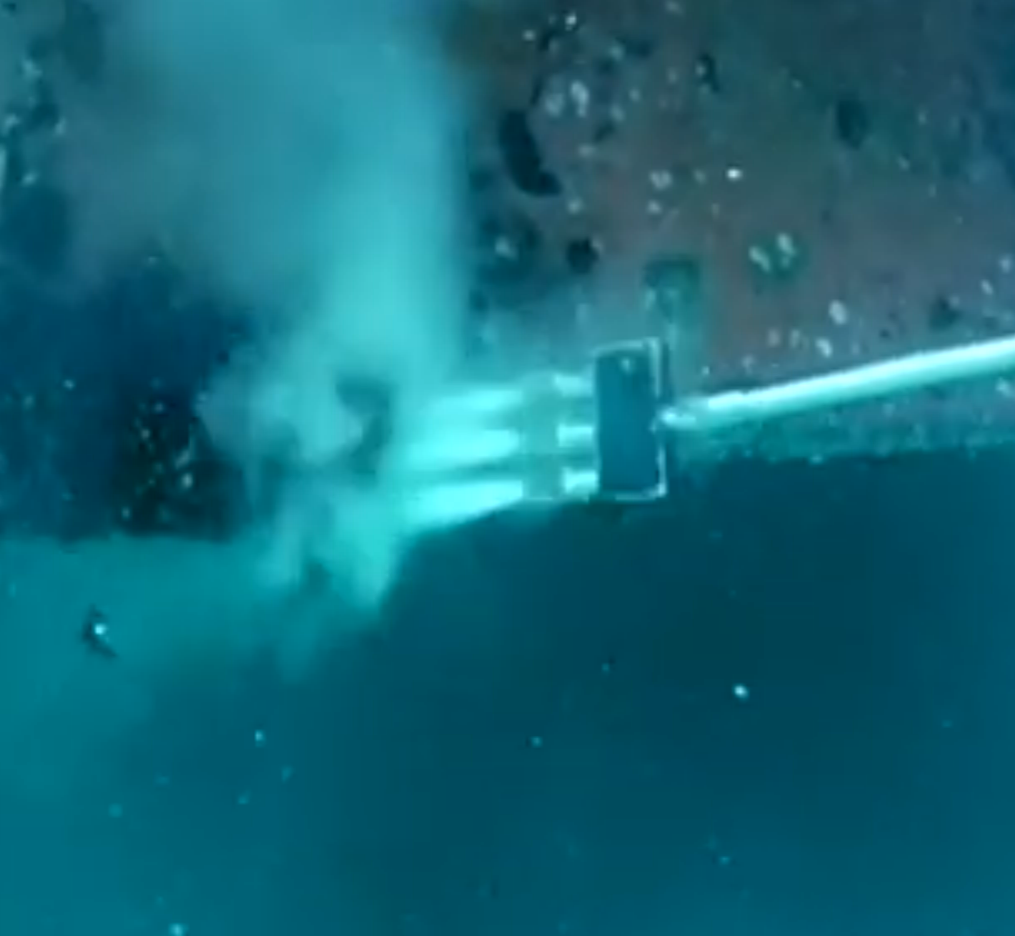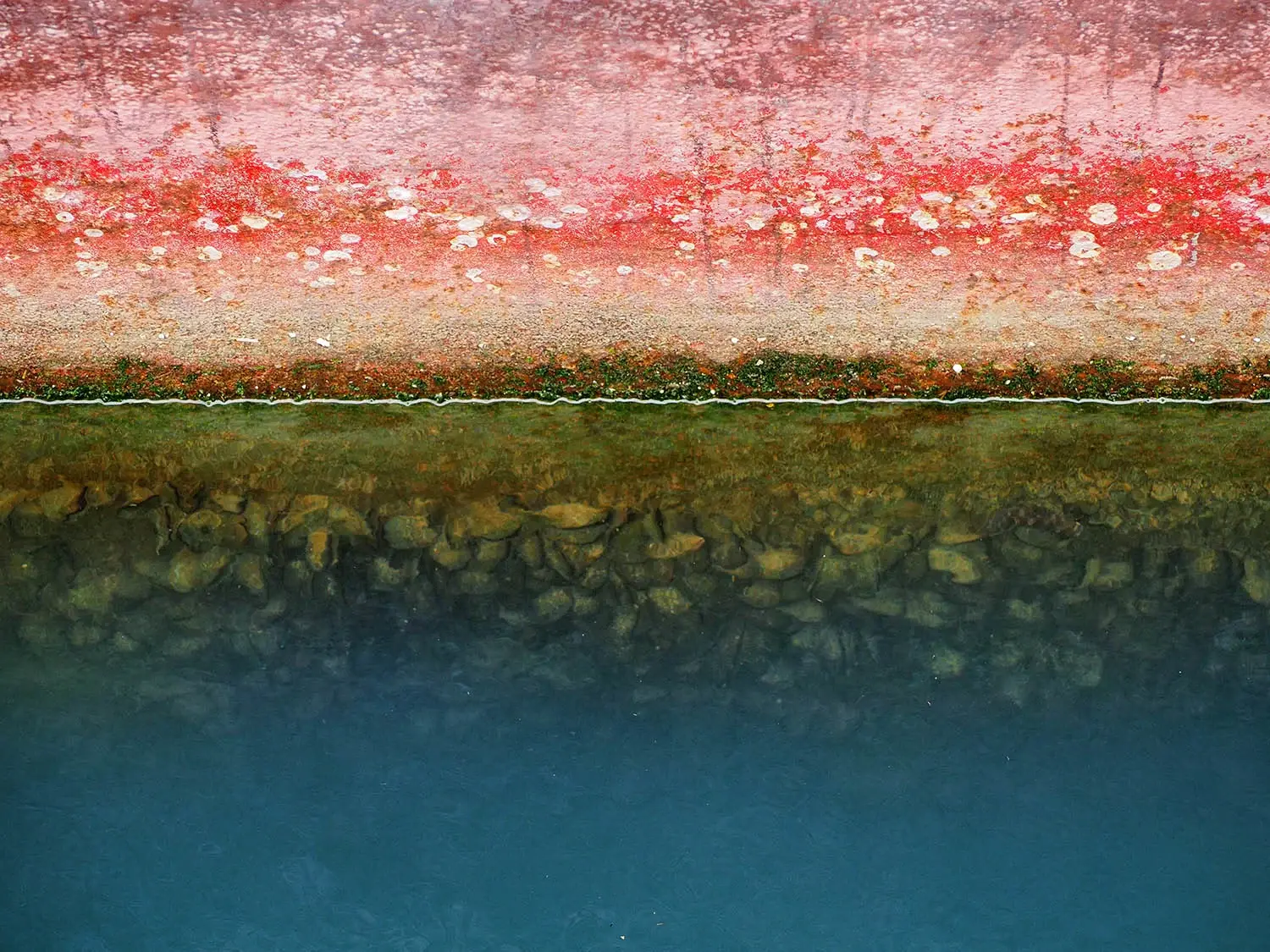The maritime and offshore industries continually face challenges in maintaining submerged structures due to biofouling—the accumulation of algae, barnacles, and other marine organisms on hulls, pipelines, and platforms.
High-pressure cavitation cleaning utilises the physical phenomenon of hydrodynamic cavitation, where rapid pressure changes in a liquid medium generate microscopic vapor bubbles. When these bubbles collapse near a surface, they release localised shockwaves capable of dislodging biofouling without abrasive contact.
This mechanism contrasts sharply with conventional high-pressure washing, which relies on direct hydraulic force (often exceeding 2,500 bar) to blast away fouling. Such methods risk eroding protective paints and silicone coatings, necessitating frequent reapplications. In contrast, cavitation systems operate at lower pressures (80–120 bar), reducing structural stress and enabling safer diver operations.

Rotating brush systems, widely used in hull cleaning, shed microplastic fibers into marine ecosystems. A single cleaning session can release over 50 kg of plastic particulates, exacerbating oceanic pollution.
Marine-grade cavitation systems utilise seawater as their working medium, eliminating the need for freshwater supplies.
Cavitation systems can integrate closed-loop capture units that suction dislodged organisms into filtration systems, achieving containment rates of over 95% (not in this video).
Subsea Formula offers a range of cavitation guns designed for use by divers.



